He fought for the future
Updated: 2015-08-08 01:39
By HATTY LIU in Vancouver(China Daily USA)
|
|||||||||
 |
|
Photographs from Bing Wong’s time in the army during World War II, at his home in Burnaby. |
The ‘Tiger Force’
The Americans predicted that there would be a million casualties in the attack. Married men, like Chan, were told not to volunteer. With so many of the others having gone overseas, Bing Wong and Daniel Wong became two of the only Chinese Canadians they know to have joined the CAPF.
“They called us the ‘Tiger Force,’ ” Bing Wong said. “We were going to train under the Americans and use all American equipment but wear the Canadian uniform.”
According to a report compiled by the Canadian Department of National Defence, discussions as to how Canada might play a part in the war against Japan had started by early 1944. The documents cited in the report indicate that by September of that year, the Canadian Cabinet had concluded that once the war in Europe ended, Canadian forces should participate in the war against Japan directly in the North and Central Pacific rather than Southeast Asia and take part in the final attack of the Japanese homeland.
That would allow Canada to base its forces in Western Canada in close cooperation with the US, joining the British forces in the Southwest Pacific. The North and Central Pacific were strategically important to Canada as a Pacific-facing nation with connections to the United States.
By the end of 1944, it was decided that Canada’s contribution, the CAPF, would consist of an infantry division possibly reinforced with armour, serve as a follow-up unit to the main operation in the North Pacific theatre, use US Army equipment, be organized along the lines of a US corps and train in the US under the supervision of the US Army Ground Forces.
“We were in an unhappy position,” Wong recalled. “We were what they called ‘replacements’ for the best troops that would be sent first, so we didn’t know who we would be [going in with.”
“I trained to be a machine gunner, so say if the machine gunner gets killed, then I’d take over.”
Despite this, Wong thought he would have preferred fighting in the attack “with the whole group, instead of as a guerilla, where you’re all on your own and on the run from the Japanese all the time”, he said.
“Afterwards we found out it was just as dangerous,” Wong said.
Wong is modest about his decision to volunteer. He said that as a Chinese Canadian, the decision to join the attack and join any part of the military “wasn’t about being brave,” but just knowing there were a lot of things worth fighting for.
“When they called for volunteers, Danny [Daniel Wong] came to me after and he said, ‘Bing, did you volunteer? Being a Chinese, you have to volunteer to fight the Japanese,’ ” Wong said. “Most of the Chinese at the time, of course, we didn’t want to go to Europe; we wanted to fight [against] Japan for China.”
There were also the struggles back home in Canada to consider.
“I really didn’t want to volunteer for the Pacific Force, but I couldn’t let them think the Chinese were cowards,” Wong said. “And if we didn’t fight for the country, we would not get the vote, [and] some of the men who had families in China weren’t allowed to bring them to Canada.”
- Some 200 migrants believed dead in Mediterranean shipwreck
- Chinese FM rejects Philippine, Japanese, US claims on South China Sea issue
- 'Major breakthrough' may help solve riddle
- Hiroshima marks 70th anniversary of bombing
- World 'watching' Japan's next move
- Migrant boat capsizes in Mediterranean, at least 25 dead
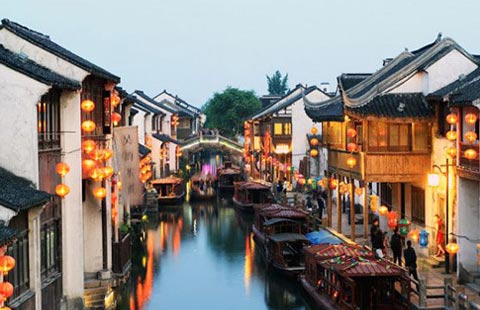
 30 historic and cultural neighborhoods to visit in China
30 historic and cultural neighborhoods to visit in China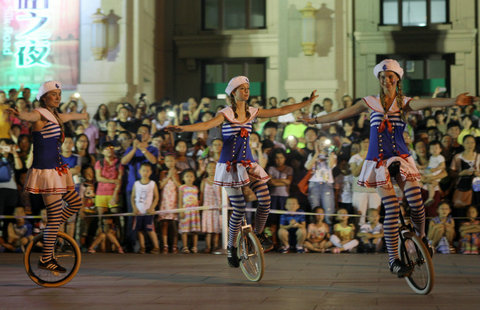
 Beijing Museum of Natural History unveils 'Night at the Museum'
Beijing Museum of Natural History unveils 'Night at the Museum'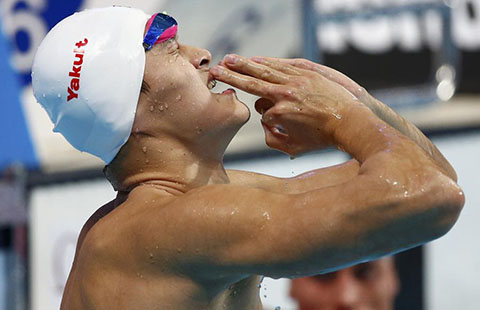
 Sun Yang wins third consecutive 800m free gold at worlds
Sun Yang wins third consecutive 800m free gold at worlds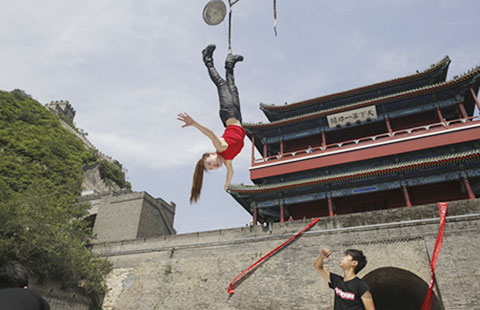
 Aerial escape
Aerial escape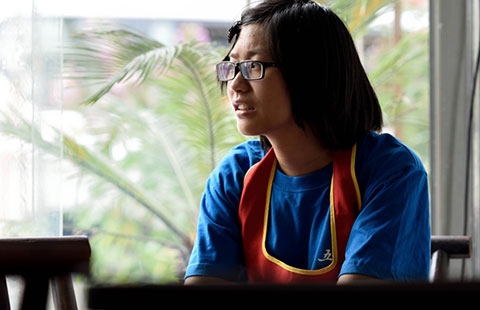
 Freshmen of top universities from poorer families work part time to reduce family burden
Freshmen of top universities from poorer families work part time to reduce family burden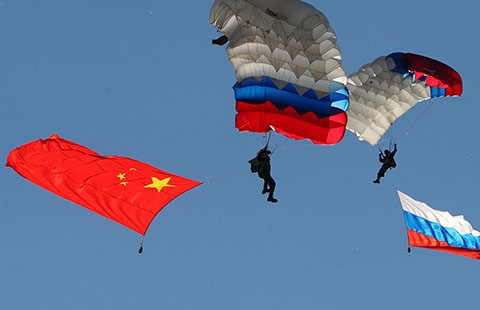
 17 armed forces take part in Russia military contest
17 armed forces take part in Russia military contest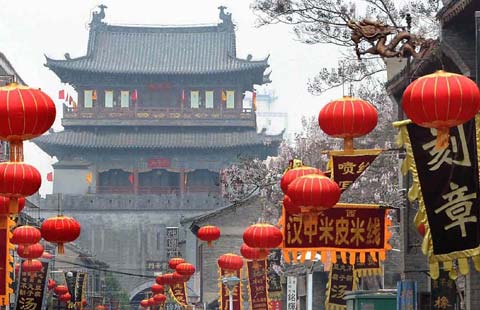
 A glimpse of traditional Chinese business blocks
A glimpse of traditional Chinese business blocks
 Top 5 most popular drones in China
Top 5 most popular drones in China
Most Viewed
Editor's Picks

|

|

|

|

|

|
Today's Top News
China willing to work with US to contribute to world peace, stability
China asks further investigation on MH370
Police fatally shoot ax-wielding man at Nashville movie theater
Study-abroad tours in US booming
Malaysia confirms plane debris is from Flight MH370
IMF to study yuan inclusion
LA clinic seeks fertility-market access
China and US discuss ways to fight terror
US Weekly

|

|







